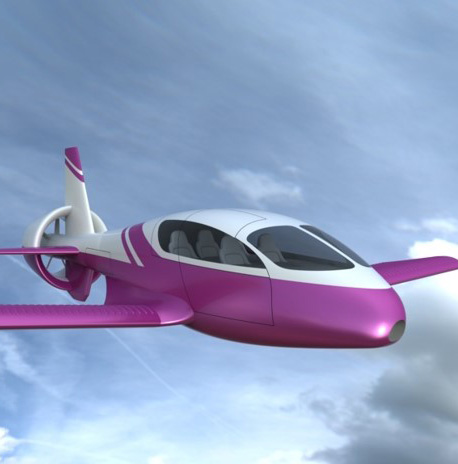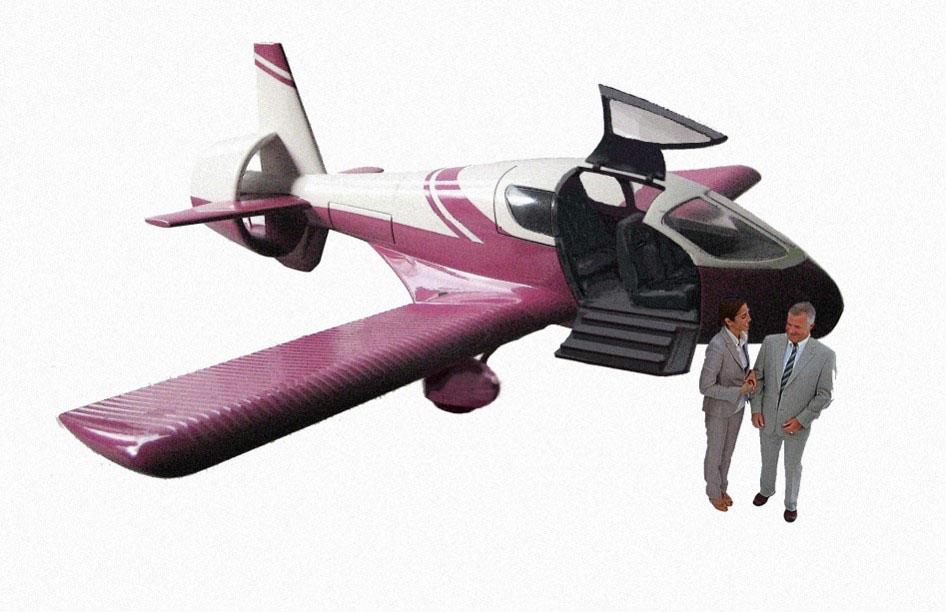In the early 2000s, the landscape of aviation was poised for a transformative change. Recognizing the potential to revolutionize regional air travel, the Michigan Small Aircraft Transportation System (MiSATS) emerged as a visionary program aimed at reshaping the way people and goods moved across the state and beyond. Supported by NASA and the National Consortium for Aviation Mobility (NCAM), MiSATS sought to leverage advancements in Automotive technology and best lean practices to Aerospace to create a more efficient, accessible, and sustainable transportation network.In the early 2000s, the landscape of aviation was poised for a transformative change. Recognizing the potential to revolutionize regional air travel, the Michigan Small Aircraft Transportation System (MiSATS) emerged as a visionary program aimed at reshaping the way people and goods moved across the state and beyond. Supported by NASA and the National Consortium for Aviation Mobility (NCAM), MiSATS sought to leverage advancements in Automotive technology and best lean practices to Aerospace to create a more efficient, accessible, and sustainable transportation network.
The genesis of MiSATS can be traced back to a growing need for improved regional connectivity. Traditional air travel was heavily reliant on major airports, often leading to congestion, delays, and inefficiencies. This limitation spurred the development of a concept that envisioned smaller aircraft utilizing a network of underutilized local airports to provide more direct, flexible, and time-saving travel options.
NASA’s involvement in MiSATS was part of a broader initiative to explore and promote innovative aviation technologies. The agency’s expertise in aeronautics research and development provided the foundational support needed to push the boundaries of what was possible in small aircraft transportation. NASA’s collaboration with NCAM, a consortium of industry leaders, academic institutions, and government agencies, brought together a wealth of knowledge and resources to propel the program forward.

MiSATS, established as a nonprofit entity, focused on specific technical and market objectives:

A significant breakthrough in the MiSATS program was the design and construction of the Personal Air Vehicle (PAV) by Munro & Associates, under the direction of Sandy Munro. This prototype, later named the Paradigm, served as the proof of concept for the MiSATS initiative. The Paradigm exemplified the program’s goals by integrating automotive-style technologies and applying the Lean Design® methodology to aircraft design, showcasing a significant reduction in vehicle complexity while enhancing safety, efficiency, and affordability.

The purpose of MiSATS was to demonstrate to the General Aviation industry that the Automotive Cost Paradigm was achievable through the application of Lean Design® and automotive-style technologies and product integration methodologies. The technologies demonstrated by MiSATS at Danville established a baseline for this methodology, highlighting the potential economic opportunities inherent in applying an automotive cost paradigm to the manufacturing of 21st-century personal air vehicles capable of traveling up to six times the speed of a car at twice the direct operating cost.
In the realm of aviation innovation, the Paradigm aircraft stands as a testament to the transformative power of applying advanced technologies and lean principles to General Aviation. Developed by Munro & Associates under the direction of Sandy Munro, this Personal Air Vehicle (PAV) was conceived as a prototype for the Michigan Small Aircraft Transportation System (MiSATS) program. The Paradigm, a prototype “proof of concept” vehicle, exemplifies how cutting-edge technologies can be harnessed to create a safer, more efficient, and more economical aircraft.
The Paradigm aircraft is equipped with a host of pioneering technologies designed to enhance performance, safety, and cost-effectiveness:
Munro & Associates performed a complete teardown of the Seabee amphibious aircraft to understand its engineering marvels. The Seabee’s welded aero structure and reinforced lower body informed the design of the Paradigm, further reducing complexity and cost while enhancing quality and reliability.
By replacing traditional aerospace rivets with laser weld bonding, the Paradigm aircraft achieves a tighter skin and improved crashworthiness. This method reduces labor costs by up to 56%, assembly costs by 41.2%, and the overall aircraft cost by 15%.
Munro & Associates performed a complete teardown of the Seabee amphibious aircraft to understand its engineering marvels. The Seabee’s welded aero structure and reinforced lower body informed the design of the Paradigm, further reducing complexity and cost while enhancing quality and reliability.
A cost-effective HUD system, utilizing non-cooled, near-infrared, low-light, level camera sensors, is brought to GA aircraft at a price under $10,000 (2005 Dollars).
Enhances connectivity and data management, ensuring reliable communication and operational efficiency.
The integration of lightweight automotive materials contributes to the aircraft’s overall weight reduction and cost-efficiency.
The seats in the Paradigm provide automotive-level crashworthiness at a fraction of the cost, reducing traditional aircraft seat expenses from $2,500 to $300 (2005 Dollars) while also achieving an 80% weight reduction.
This design significantly reduces noise and improves propulsion efficiency, making the aircraft quieter and more pleasant to operate.
Featuring a Corvette engine, this system offers superior noise reduction, reliability, and performance at a cost of $11,000 (2005 Dollars), compared to $85,000 (2005 Dollars) for traditional engines. It also boasts standardized parts, longer life, and easier maintenance.
The Paradigm aircraft is equipped with a host of pioneering technologies designed to enhance performance, safety, and cost-effectiveness:
230 miles per hour (370 km/h)
600 miles (1000 km) on a single fill of gasoline
A very quiet, comfortable cabin with air conditioning and seating for five
42 inches (1.0668 m)
9
4000
Estimated at 2600 RPM
280
195
71 Knots (KTS)
1200 lbs
Though the Mi SATS program eventually concluded due to the 2008/09 economic crisis, “The Great Recession,” its legacy lives on. The insights and innovations generated during its operation have had a lasting impact, with Munro & Associates bringing their technological discoveries to other General Aviation and Commercial Aircraft companies such as Piper Aircraft, Boeing, and more.
Mi SATS stands as a testament to the power of visionary thinking and collaborative effort in advancing the frontiers of aviation technology. Marked by the pioneering work of Munro & Associates and the creation of the Paradigm aircraft, it serves as an inspiration for ongoing endeavors to make air transportation more accessible, sustainable, and responsive to the needs of modern society.
We exist to be a North Star for any company that wants to improve their design, technology and production. We live for showing companies how they can reduce costs, speed up production, and create amazing products from scratch. We believe in a never-ending quest for improvement, and that the best companies can stay in business if they commit to creating the highest quality products, while constantly cutting out waste and complexity.